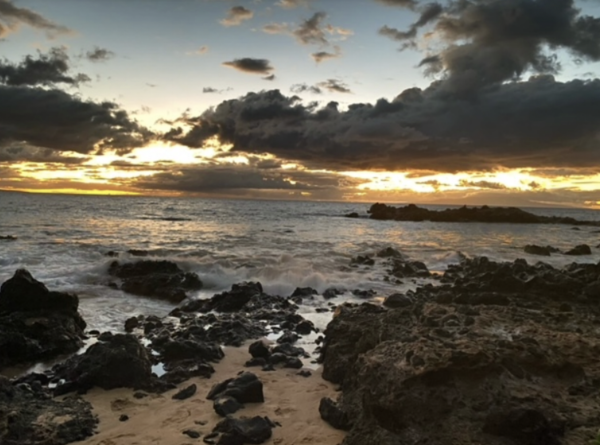Frogs Below Freezing

Joel Sartore, National Geographic Photo Ark
Wood frog photographed at the National Aquarium in Baltimore.
With winter here, many animals are making their notable adaptation techniques known. And these frogs are no exception!
According to National Geographic’s Annie Roth, the “only amphibians found north of the Arctic Circle […], Canada, as well as Alaska and other parts of the United States[;] live in tundra, grassland, and forest habitats.” When the cold weather kicks in, the Lithobates sylvaticus, wood frogs, embrace the below-zero temperatures. The frogs’ bodies produce a chemical that lowers their blood’s freezing point to prevent irreparable damage to cells while in hibernation, ensuring that they will be in excellent physical condition when they eventually thaw out and the water between their cells defrosts. Like the wood frogs, so many other animals have incredible adaptations!
The Emerald asked SHC students what some of their favorite winter animals are, and what makes them special:
“I like Arctic Foxes. I like their coats of fur and their fierce attitude toward their prey. They have thick fur on their paws, making it easy for them to walk on snow. I think arctic foxes are pretty awesome. I also like puffins because I like Puffins cereal, and red squirrels because they look better than the fat squirrels in SF and the Bay Area.” ‘25 Sam Meraw
“Polar Bears and Arctic Foxes are my favorite because I feel as though they embody the winter aesthetic to a much larger extent, in comparison to other winter animals. Also, their white fur is just really fascinating.” ‘24 Selam Akililu
The Emerald asked SHC students what winter adaptation they would choose:
“Hibernation so I could sleep all throughout the winter. I also want to grow and nice fur coat because I want to be warm while I’m hibernating.” ‘26 Francesca Zogaric
“I would want to freeze myself like a toad and unfreeze later.” ‘25 Salla Grigor
“The winter adaptation I would have is migration because I generally like to be in hotter weather than in colder weather and when migration happens, the whole group moves together instead of one going by themselves to the hotter weather.” ‘25 Alejandea Taylor
As you can see so many animals have incredible adaptations for winter time!

After being a staff writer for the 2nd year, Sara is elated to be serving as SHC News Editor! Sara is also involved in Student Council, Speech, andInstrumental...








